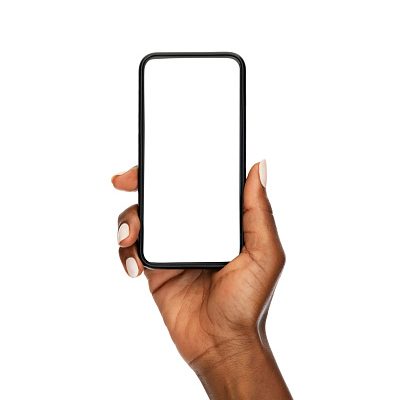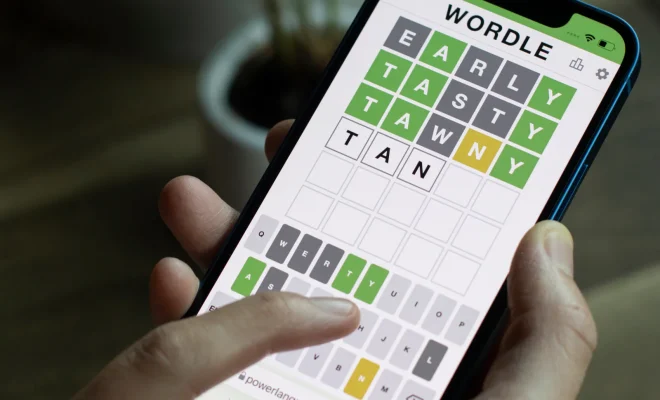What Are Brightness Nits? Why Screen Brightness Matters

When it comes to using electronic devices such as smartphones, laptops, and televisions, one of the most important factors to consider is the screen brightness. The brightness of a screen is usually measured in units called nits, and it plays a crucial role in determining the user’s viewing experience. In this article, we will delve deeper into what exactly brightness nits are and why screen brightness matters.
What are Brightness Nits?
A nit is a unit of measurement used to describe the brightness of a light source. Specifically, it refers to the amount of light output that is produced by the screen. One nit is equal to one candela per square meter (cd/m²), which means that a screen with a brightness of 300 nits will emit the same amount of light as 300 candles per square meter of the screen.
Why Screen Brightness Matters?
There are several reasons why screen brightness matters, including:
1. Visibility: The brightness of a screen can significantly impact its visibility. If a screen is too dim, it can strain your eyes as you struggle to read it. Conversely, if the screen is too bright, it can cause eye fatigue and headaches.
2. Energy Efficiency: Lowering the screen brightness can reduce energy consumption, and this can be especially crucial for mobile devices that rely on battery power.
3. Color accuracy: Screen brightness also affects color accuracy. A brighter screen tends to display colors more vividly, but it can also distort colors.
4. Outdoor use: When using electronic devices outdoors, high screen brightness is crucial to ensure visibility in bright sunlight. With the brightness level turned up on the screen, you can be sure to read the screen even in bright light.
5. HDR imaging: People who love video games and other forms of multimedia proffer gaming displays and TVs that boast a high dynamic range (HDR) in their features. HDR requires lots of brightness on the screen.
Conclusion
Brightness nits are an essential aspect of screen optimization, tied to the quality of the device display. There are many factors you might want to consider when selecting a device’s brightness level. You should consider the device’s intended use, battery life, and how it fares in various lighting conditions when selecting a brightness level. In the end, the best way to determine the right brightness level for you is to test out different settings until you find the one that’s most suitable.






